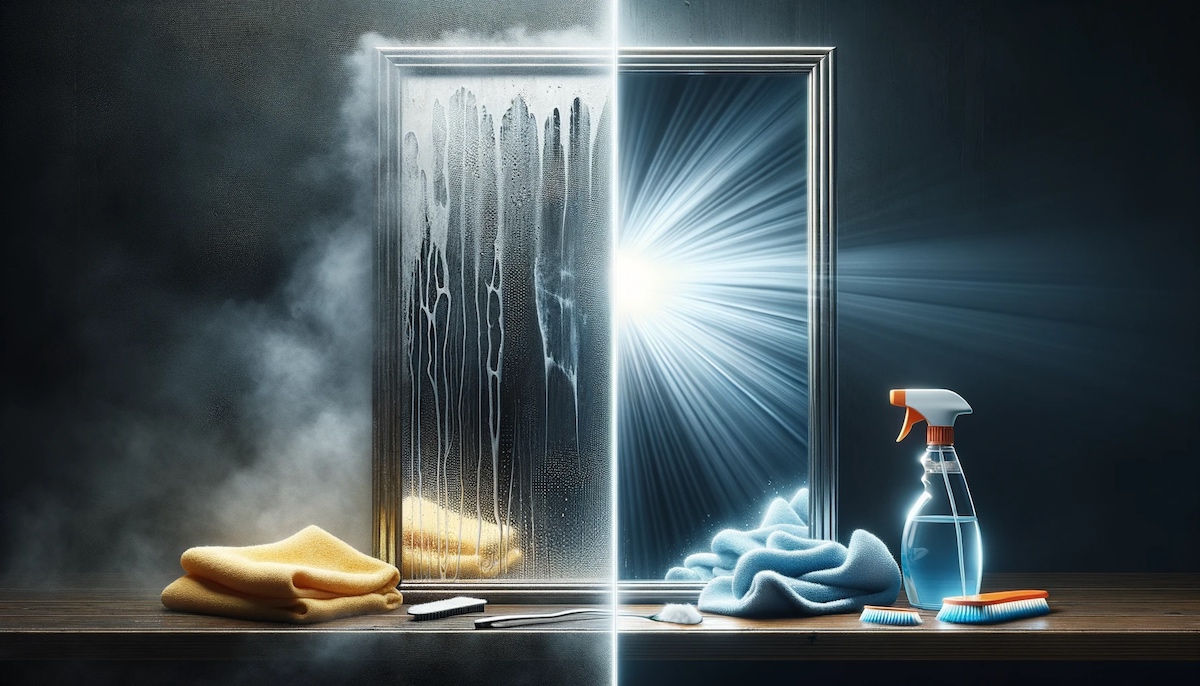

Articles
How To Clean Cloudy Mirrors
Modified: October 19, 2024
Looking for articles on how to clean cloudy mirrors? Our expert guide will provide you with effective tips and tricks for achieving a streak-free shine.
(Many of the links in this article redirect to a specific reviewed product. Your purchase of these products through affiliate links helps to generate commission for Storables.com, at no extra cost. Learn more)
Introduction
Having clean and clear mirrors in our homes is essential for many reasons. They not only enhance the overall appearance of a room, but they also serve a practical purpose in our daily lives. Whether it’s for grooming, applying makeup, or simply checking our reflection, we rely on mirrors to provide us with a clear and accurate reflection.
However, over time, mirrors can become cloudy and develop a layer of residue that hinders their functionality and diminishes their visual appeal. This cloudiness can be caused by various factors, including dirt, dust, oils, and cleaning products buildup.
In this article, we will explore the causes of cloudy mirrors, the importance of keeping them clean, and the steps to effectively restore their clarity. We will also discuss alternative methods for cleaning mirrors and offer tips to prevent them from becoming cloudy in the future.
So, if you’re tired of looking at dull and hazy reflections in your mirrors, read on to discover the secrets of achieving sparkling, crystal-clear mirrors in your home.
Key Takeaways:
- Say goodbye to cloudy mirrors by understanding the causes and using gentle cleaning techniques. Enjoy clear reflections and a brighter, more inviting living space with regular maintenance and preventive measures.
- Restore mirror clarity with simple household items and proper cleaning methods. Keep mirrors pristine and functional while enhancing the aesthetics of your home.
Read more: How To Clean A Cloudy Glass Cooktop
Understanding Cloudy Mirrors
Cloudy mirrors are a common issue many homeowners face. It can be frustrating to see a layer of haze or residue spoiling the once clear and reflective surface of a mirror. Understanding the causes of cloudy mirrors can help us tackle the problem effectively.
One of the primary causes of cloudy mirrors is the accumulation of dirt and dust. Over time, these particles settle onto the mirror’s surface, creating a layer that reflects light diffusely and results in a cloudy appearance.
In addition to dirt and dust, oily residue can also contribute to mirror cloudiness. This residue can come from various sources, including fingerprints, cosmetic products, and cleaning solutions. When not properly removed, these oils can build up on the mirror’s surface, causing it to lose its clarity.
Another factor that can lead to cloudy mirrors is the use of improper cleaning techniques or cleaning products. Harsh chemicals or abrasive materials can damage the mirror’s protective coating and leave behind residue that is difficult to remove, resulting in a cloudy appearance.
Lastly, environmental factors such as humidity and moisture can contribute to mirror cloudiness. When water vapor settles on the mirror, it can leave behind mineral deposits that create a hazy film. This is particularly common in bathrooms or areas with high humidity levels.
By understanding the causes of cloudy mirrors, we can take the necessary steps to address the issue and restore the mirror’s clarity and reflectivity.
The Importance of Clean Mirrors
Keeping our mirrors clean goes beyond maintaining a visually appealing reflection. Clean mirrors have numerous benefits and play a crucial role in our daily lives. Here are some reasons why clean mirrors are important:
1. Accurate Reflection: Clean mirrors provide us with a clear and accurate reflection. Whether we’re getting ready for the day, applying makeup, or styling our hair, having a pristine mirror ensures that we can see ourselves clearly and make any necessary adjustments with precision.
2. Enhanced Aesthetics: Mirrors are often prominent elements in our home decor. A clean and spotless mirror adds to the overall aesthetic appeal of a room, making it look brighter, more spacious, and well-maintained. It can contribute to a positive atmosphere and improve the visual impact of the space.
3. Improved Lighting: Cloudy mirrors can obstruct and diffuse light, reducing the brightness and clarity of a room. By keeping our mirrors clean, we allow them to reflect light efficiently, maximizing the natural or artificial lighting and brightening up the space. This can create a more inviting and vibrant atmosphere.
4. Hygiene and Sanitation: Mirrors in high-traffic areas, such as bathrooms or dressing rooms, are prone to accumulating germs, bacteria, and other contaminants. Regularly cleaning our mirrors helps maintain proper hygiene and sanitation, providing us with a clean surface to use without the risk of spreading harmful pathogens.
5. Longevity of the Mirror: Proper cleaning and maintenance can extend the lifespan of our mirrors. By removing dirt, dust, and residue promptly, we prevent these particles from causing scratches or damage to the mirror’s surface. This ensures that our mirrors remain functional and aesthetically pleasing for years to come.
Overall, clean mirrors not only serve practical purposes but also contribute to the overall ambiance and cleanliness of our living spaces. By prioritizing regular mirror cleaning, we can enjoy all the benefits they offer while maintaining a visually appealing and well-maintained home environment.
Materials Needed for Cleaning
Before we proceed with cleaning cloudy mirrors, it is essential to gather the necessary materials to ensure an effective and safe cleaning process. Here are the materials you will need:
- Glass cleaner: Choose a glass cleaner specifically designed for mirrors. Look for a non-abrasive and streak-free formula to achieve the best results. Alternatively, you can make your own natural cleaner by mixing equal parts white vinegar and water.
- Microfiber cloth or soft lint-free cloth: Avoid using regular paper towels or abrasive materials, as they can scratch the mirror surface. Microfiber cloths are highly recommended for their ability to lift and trap dirt and residue without leaving lint behind. If you don’t have a microfiber cloth, a soft lint-free cloth, such as a cotton cloth or old t-shirt, can be used as an alternative.
- Cotton swabs: These small disposable swabs are useful for reaching corners and tight spaces that may be difficult to clean with a cloth. They can help remove stubborn residue or dirt that accumulates in hard-to-reach areas around the mirror frame or edges.
- Water: Clean, preferably distilled water, will be needed to dilute the glass cleaner or to use as a rinse after cleaning. Distilled water helps prevent mineral deposits and streaks on the mirror surface.
- Protective gloves (optional): If you have sensitive skin or prefer to avoid direct contact with cleaning solutions, wearing protective gloves can be beneficial.
By gathering these materials before you start the cleaning process, you can ensure that you have everything you need to effectively clean your cloudy mirrors without causing any damage or streaks.
Use a mixture of equal parts white vinegar and water to clean cloudy mirrors. Spray the solution onto the mirror and wipe with a microfiber cloth for a streak-free shine.
Step-by-Step Guide to Cleaning Cloudy Mirrors
Cleaning cloudy mirrors doesn’t have to be a daunting task. With the right technique and the materials mentioned earlier, you can restore the clarity and shine of your mirrors in no time. Follow this step-by-step guide to achieve sparkling clean mirrors:
- Start by preparing your cleaning solution. If using a commercial glass cleaner, follow the instructions on the bottle. If making your own solution, mix equal parts white vinegar and water in a spray bottle.
- Ensure that the mirror surface is free from any loose dust or debris. You can gently dust the mirror with a soft cloth or a duster.
- Mist the mirror surface with the cleaning solution. Be careful not to oversaturate the mirror, as excess liquid can seep into the frame and cause damage.
- Using a microfiber cloth or a soft lint-free cloth, wipe the mirror in gentle, circular motions. Start from the top and work your way down. This motion helps to remove dirt and residue effectively without leaving streaks behind.
- Pay attention to any stubborn spots or smudges. If necessary, spray a small amount of the cleaning solution directly onto the cloth or use a cotton swab to tackle these areas.
- Once you have cleaned the entire mirror surface, inspect it for any remaining streaks or marks. If you notice any, dampen a clean part of the cloth with distilled water and gently wipe over the affected area to remove the streaks.
- After cleaning, give the mirror a final wipe with a dry part of the cloth to ensure it is completely dry and streak-free.
Remember to take caution when cleaning mirrors with fragile frames or antique mirrors. It is advisable to test the cleaning solution on a small, inconspicuous area of the mirror first to ensure it doesn’t cause any damage.
By following this step-by-step guide, you can effectively clean your cloudy mirrors and restore their clarity and reflective properties. Enjoy the crystal-clear view that awaits you!
Read more: How To Clean Cloudy Wine Glasses
Alternative Methods for Cleaning Mirrors
If you prefer to use alternative methods or don’t have access to commercial glass cleaners, don’t worry! There are several household items you can use to clean your cloudy mirrors effectively. Here are some alternative methods for cleaning mirrors:
1. Vinegar Solution: Vinegar is a versatile and natural cleaning agent that can effectively remove dirt and residue from mirrors. Mix equal parts white vinegar and water in a spray bottle, and use it as a homemade glass cleaner. Spray the mixture onto the mirror surface and wipe clean with a microfiber cloth or a soft lint-free cloth.
2. Rubbing Alcohol: Rubbing alcohol is an excellent alternative for cleaning stubborn spots or adhesive residue on mirrors. Apply a small amount of rubbing alcohol to a soft cloth or cotton pad, and gently rub over the affected area. Wipe clean with a cloth dampened with water and then dry with a dry cloth.
3. Lemon Juice: Lemon juice is known for its natural cleaning properties and pleasant scent. Mix fresh lemon juice with water in a spray bottle, and use it as a homemade glass cleaner. The acidity in lemon juice helps cut through grease and grime, leaving behind a sparkling mirror.
4. Baking Soda Paste: For tougher stains or grime buildup, you can make a paste using baking soda and water. Apply the paste to a soft cloth and gently rub it onto the mirror’s surface. Rinse with water and wipe clean with a cloth.
5. Newspaper: Believe it or not, newspaper can be used as a budget-friendly alternative to wipe clean your mirrors. Its slightly abrasive texture helps to remove residue and leaves a streak-free finish. Simply crumple up a sheet of newspaper and use it to wipe the mirror surface.
It is worth noting that while these alternative methods can effectively clean mirrors, they may not be suitable for all types of mirrors or frames. Always test a small area before cleaning the entire mirror surface to avoid potential damage.
By utilizing these alternative methods, you can clean your cloudy mirrors using common household items and achieve excellent results. Choose the method that suits your preference and the materials you have available, and enjoy the clear and reflective surfaces of your mirrors.
Preventing Cloudy Mirrors in the Future
Now that you’ve successfully cleaned your mirrors and restored their clarity, it’s important to take proactive steps to prevent them from becoming cloudy in the future. Here are some tips to maintain clean and clear mirrors:
1. Regular Cleaning: Make it a habit to clean your mirrors regularly. By removing dirt, dust, and residue on a consistent basis, you can prevent them from building up and causing cloudiness.
2. Use Proper Cleaning Techniques: When cleaning mirrors, use gentle circular motions and avoid applying excessive pressure. This helps prevent scratching the mirror’s surface or damaging the protective coating.
3. Avoid Harsh Chemicals: Use mild and non-abrasive cleaning solutions specifically designed for mirrors. Avoid using harsh chemicals or ammonia-based cleaners, as they can damage the mirror’s surface and lead to cloudiness.
4. Dry the Surface: After cleaning, ensure that the mirror’s surface is completely dry. Moisture or water droplets left on the mirror can create mineral deposits and streaks, compromising its clarity.
5. Keep the Mirror Frame Clean: Pay attention to the frame around the mirror as well. Dust and dirt can accumulate on the frame and transfer onto the mirror surface. Regularly wipe the frame with a soft cloth to maintain cleanliness.
6. Avoid Direct Contact with Hands: Minimize direct contact with the mirror surface, especially with hands that may have oils or lotions on them. Oils and fingerprints can leave behind residue that contributes to cloudiness.
7. Consider Protective Coatings: Look into applying a protective coating to the mirror’s surface. These coatings can help repel dust and reduce the buildup of residue, making cleaning easier and preventing cloudiness.
8. Control Humidity: If possible, keep the humidity levels in the room under control, especially in areas such as bathrooms. Excessive moisture can lead to mineral deposits and hazy films on the mirror surface.
By implementing these preventive measures, you can significantly reduce the chances of your mirrors becoming cloudy in the future. Consistent maintenance and care will keep your mirrors looking pristine and ensure that they continue to provide you with clear and reflective surfaces.
Conclusion
Cloudy mirrors can be frustrating, diminishing the functionality and aesthetic appeal of a room. However, with the right knowledge and techniques, you can easily restore your mirrors to their original clarity and shine.
In this article, we discussed the causes of cloudy mirrors, emphasizing the importance of keeping them clean. We also provided a step-by-step guide to help you effectively clean your mirrors, along with alternative methods using common household items.
It’s essential to regularly clean your mirrors to maintain their accuracy, aesthetic appeal, and longevity. By understanding the causes of cloudiness and practicing preventive measures such as proper cleaning techniques and avoiding harsh chemicals, you can significantly reduce the likelihood of your mirrors becoming cloudy in the future.
Remember to gather the necessary materials before cleaning, including glass cleaner, microfiber cloth, cotton swabs, and water. Use gentle circular motions and dry the mirror surface thoroughly to achieve the best results.
By following these tips and taking proactive steps, you can ensure that your mirrors serve their purpose effectively and enhance the overall beauty of your living spaces.
So, say goodbye to cloudy mirrors and enjoy the pristine clarity and reflection they provide. With a little care and maintenance, your mirrors will continue to shine brightly for years to come.
Frequently Asked Questions about How To Clean Cloudy Mirrors
Was this page helpful?
At Storables.com, we guarantee accurate and reliable information. Our content, validated by Expert Board Contributors, is crafted following stringent Editorial Policies. We're committed to providing you with well-researched, expert-backed insights for all your informational needs.
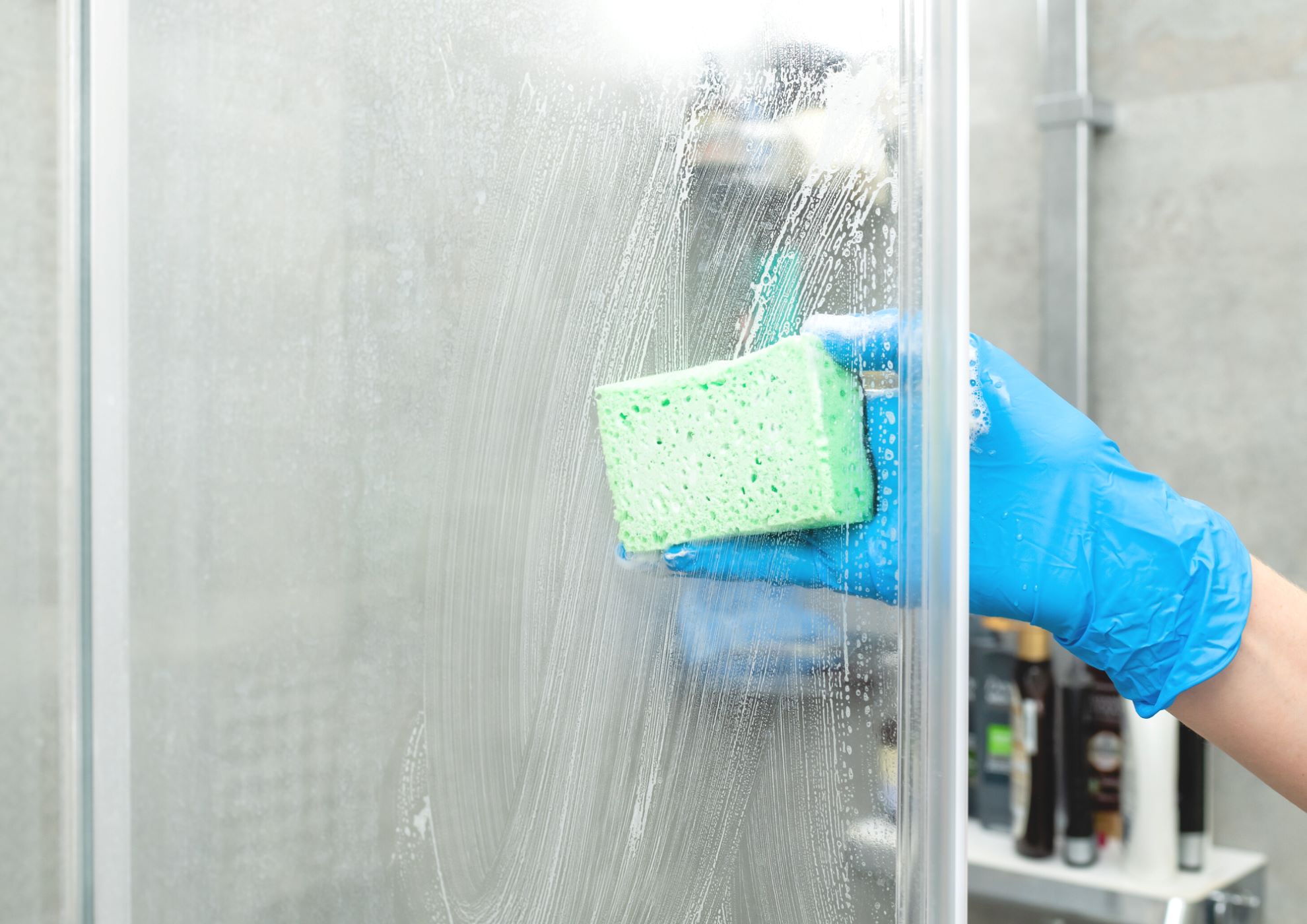
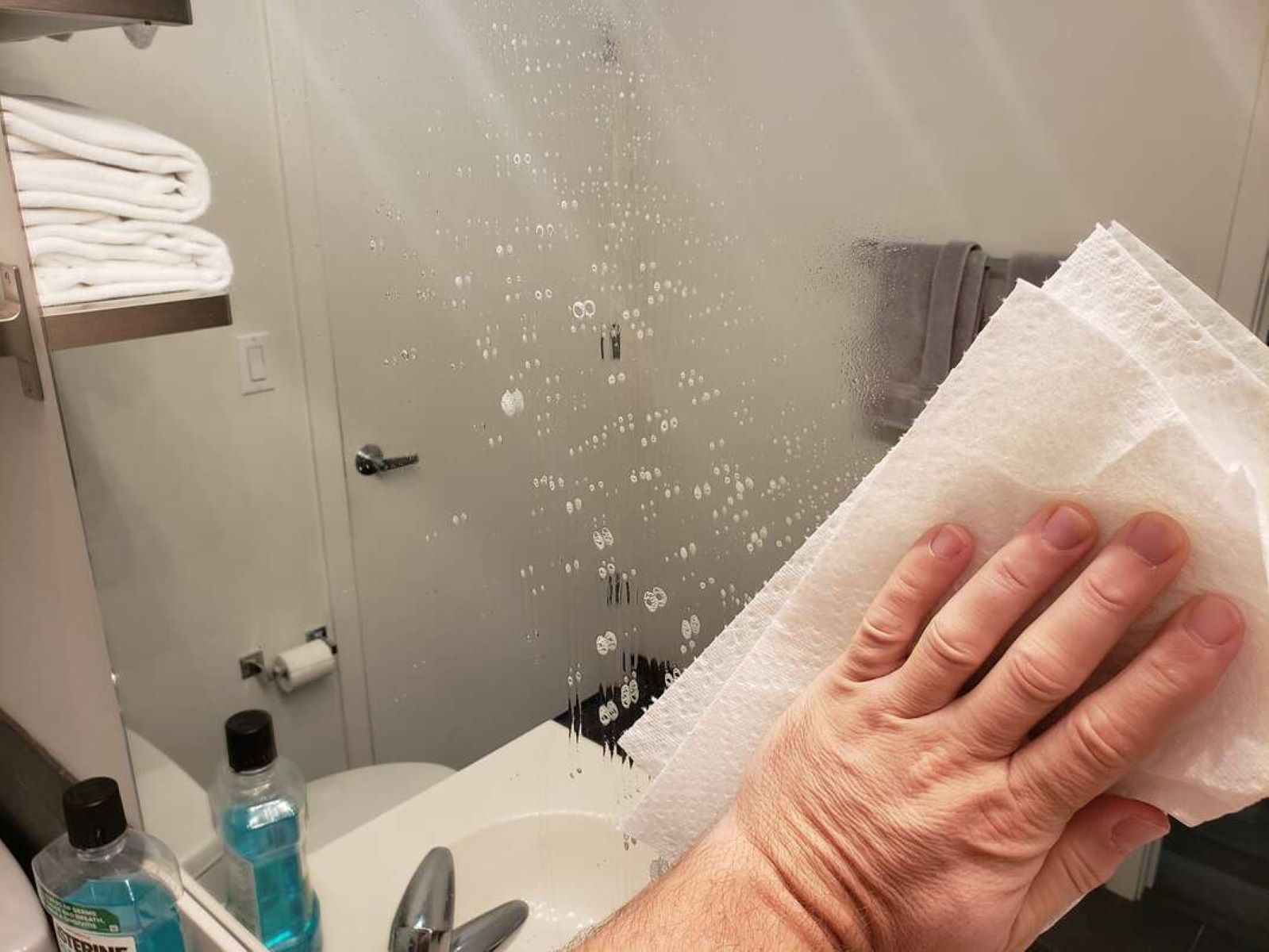
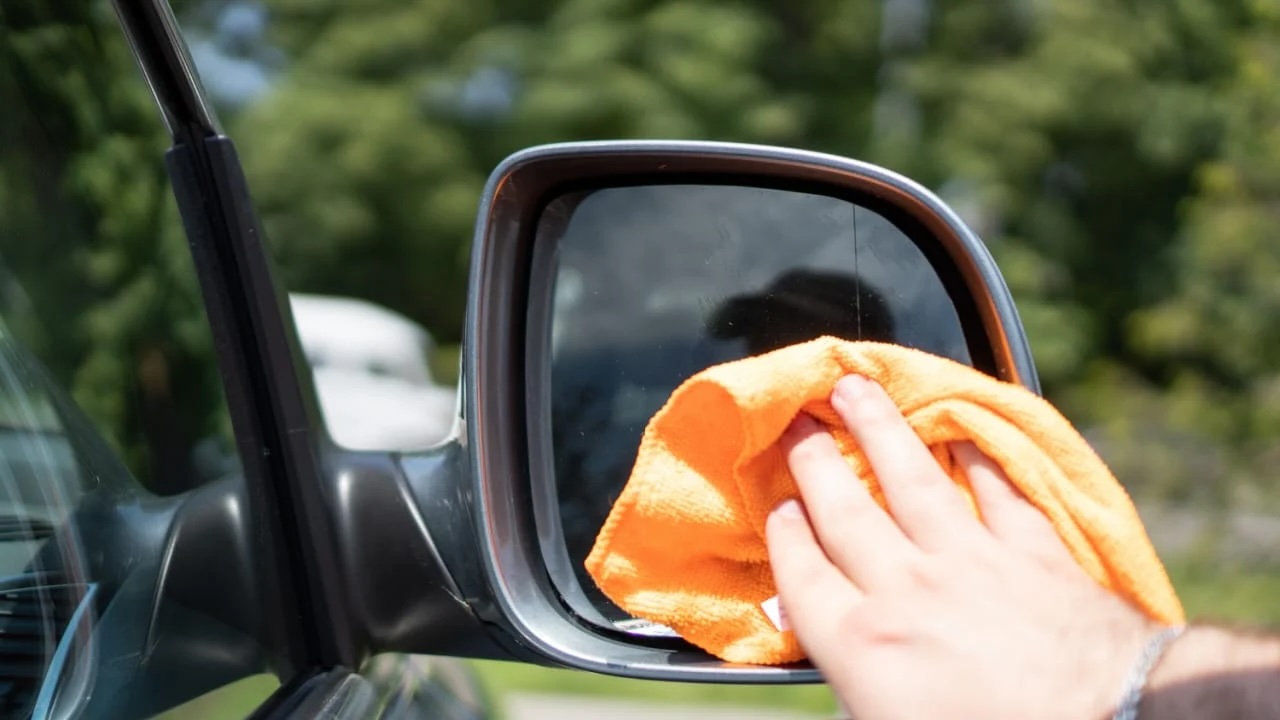
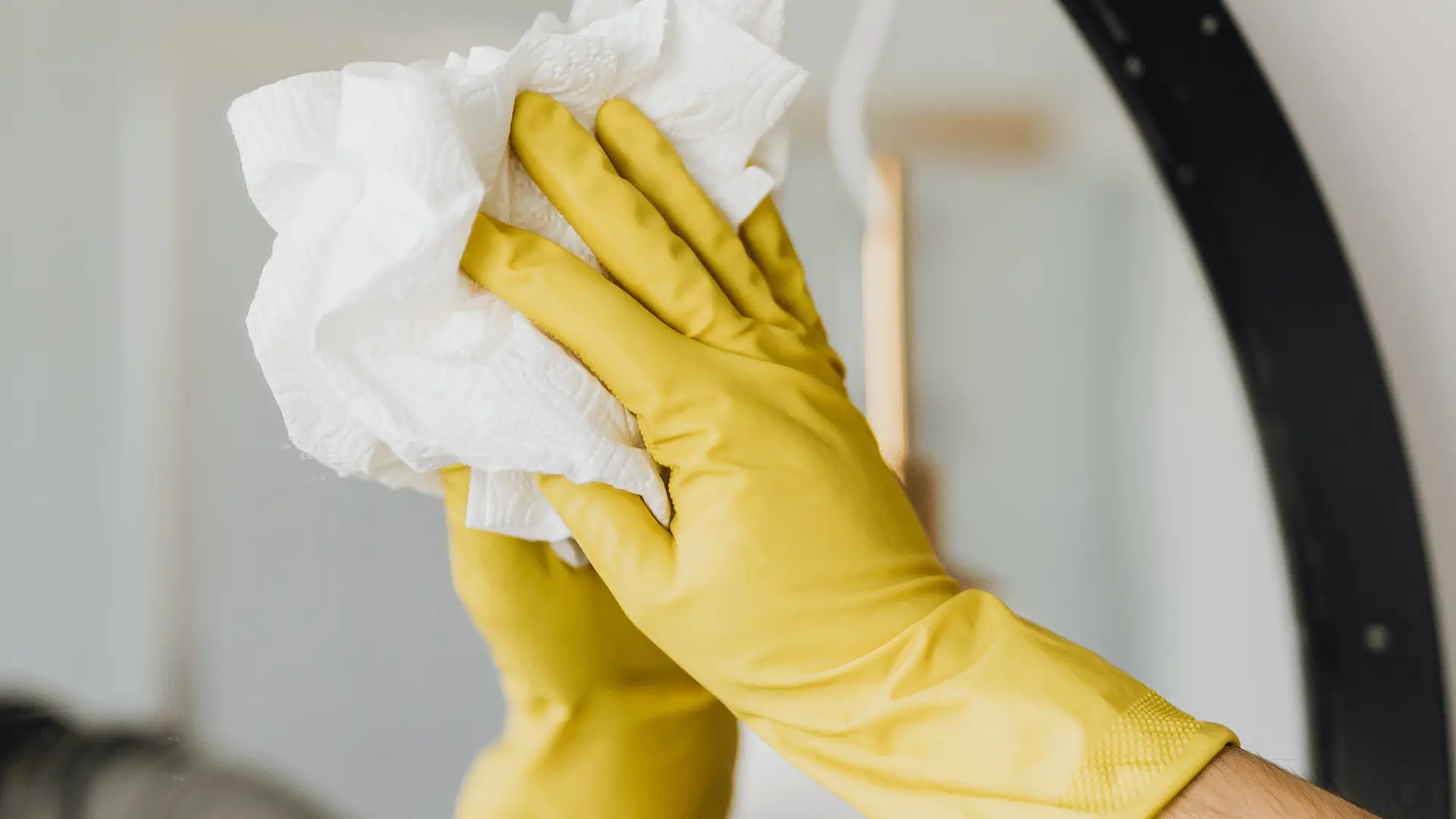
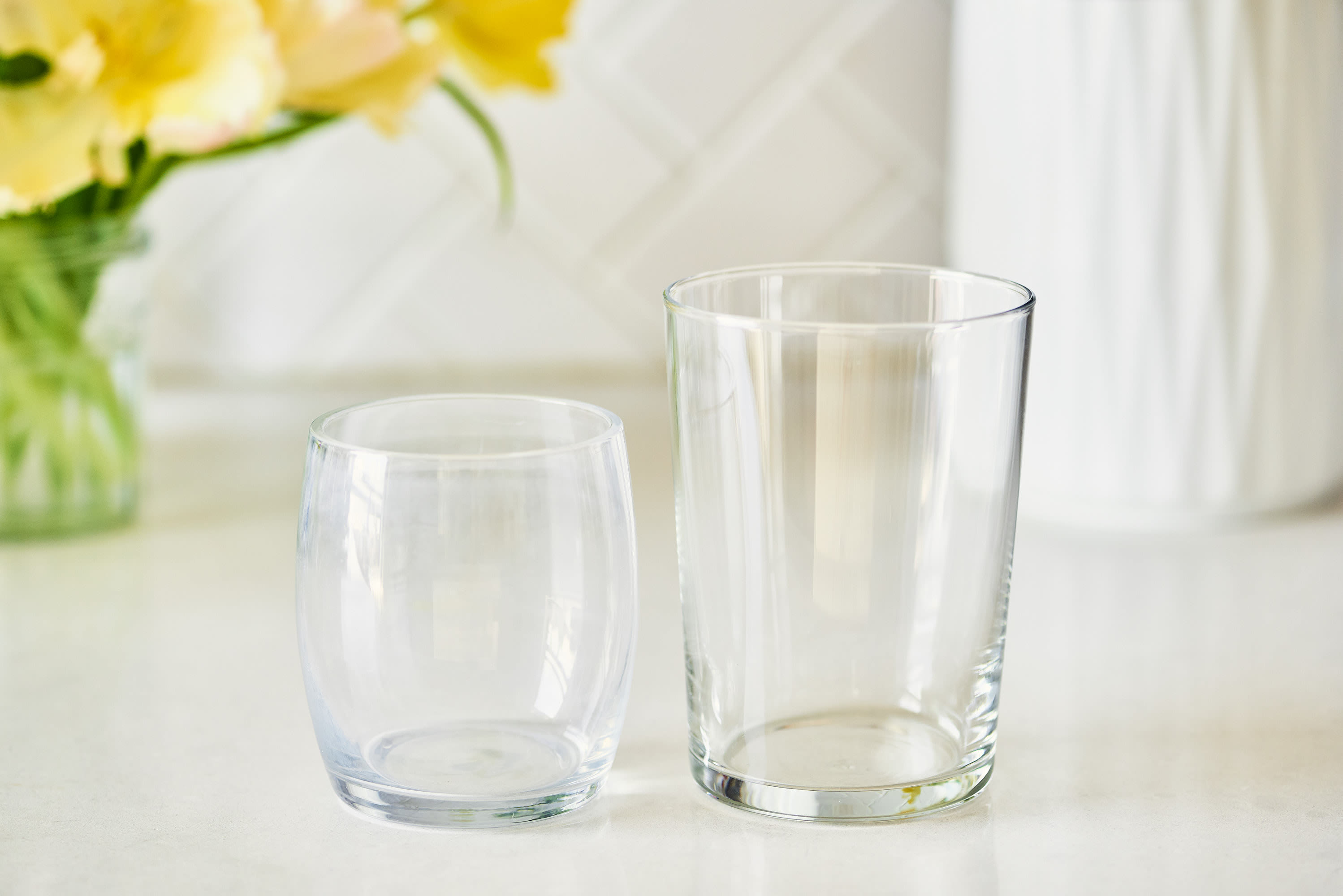
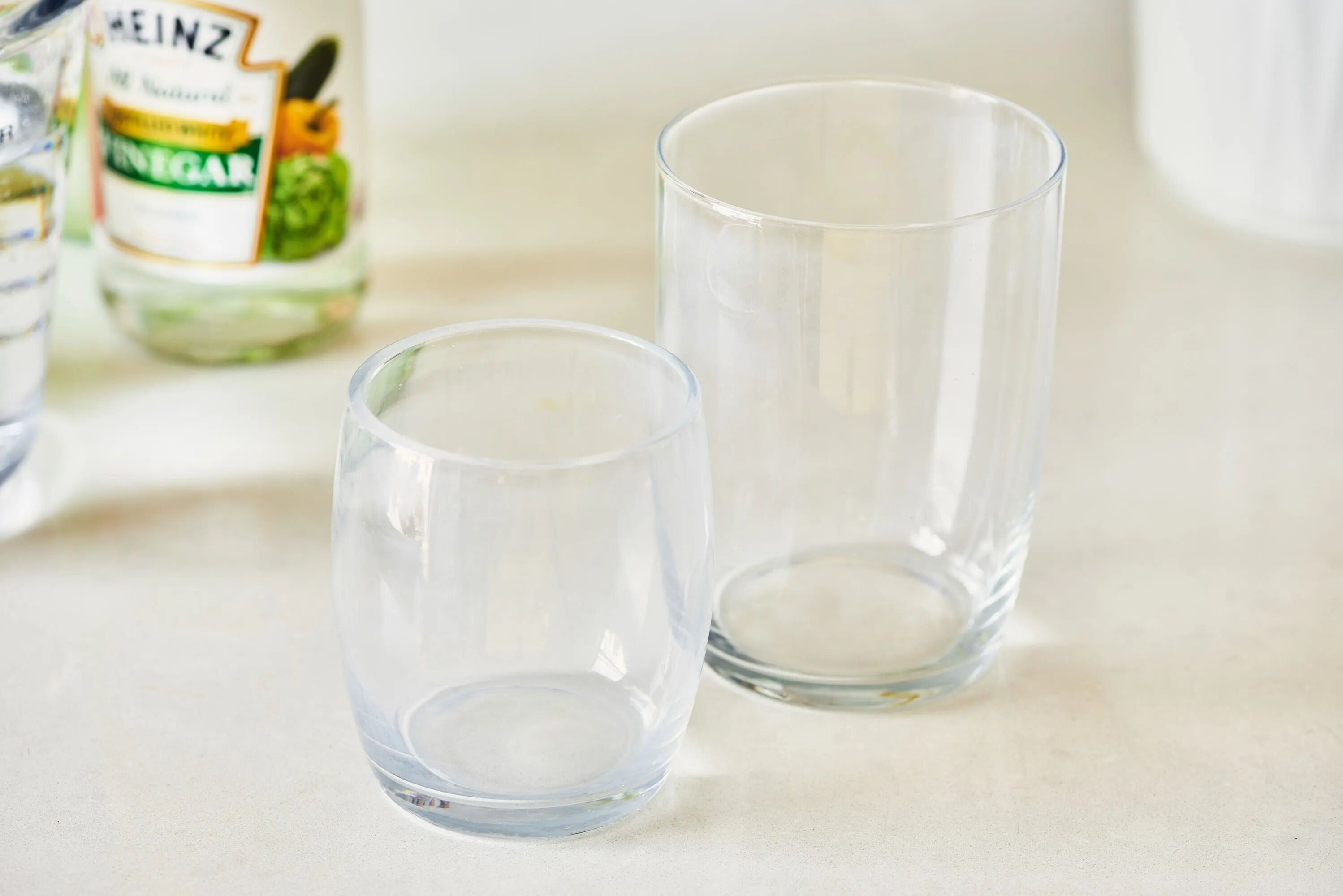
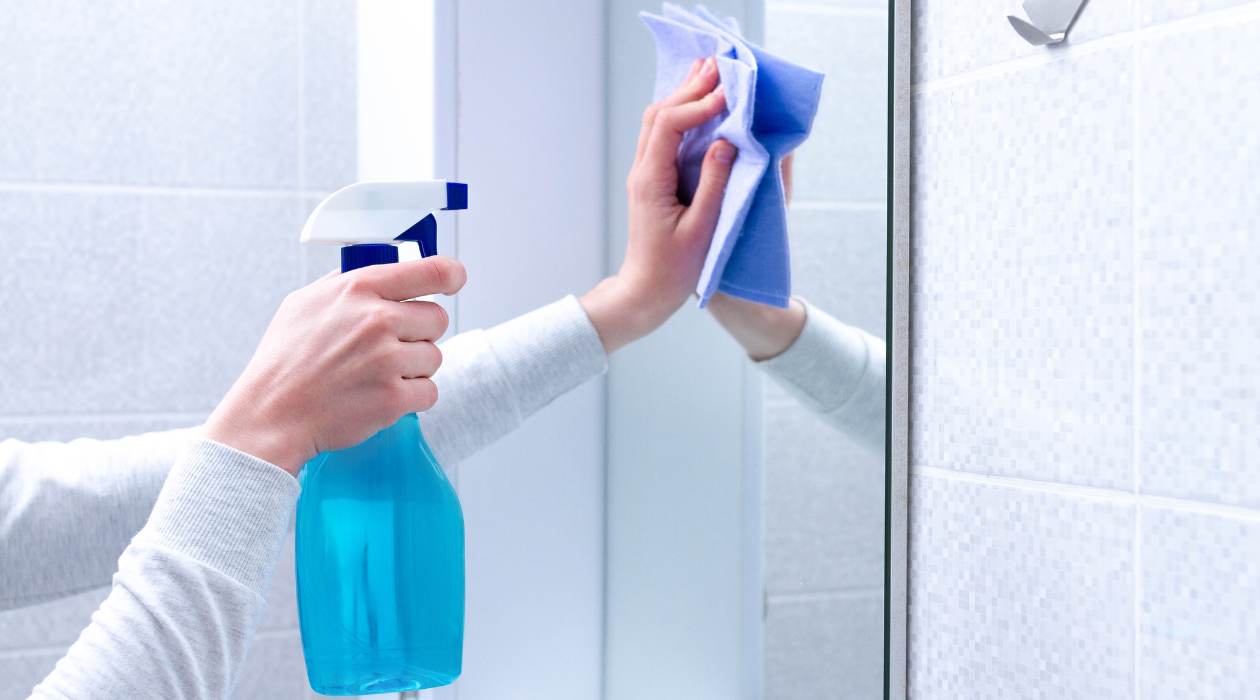
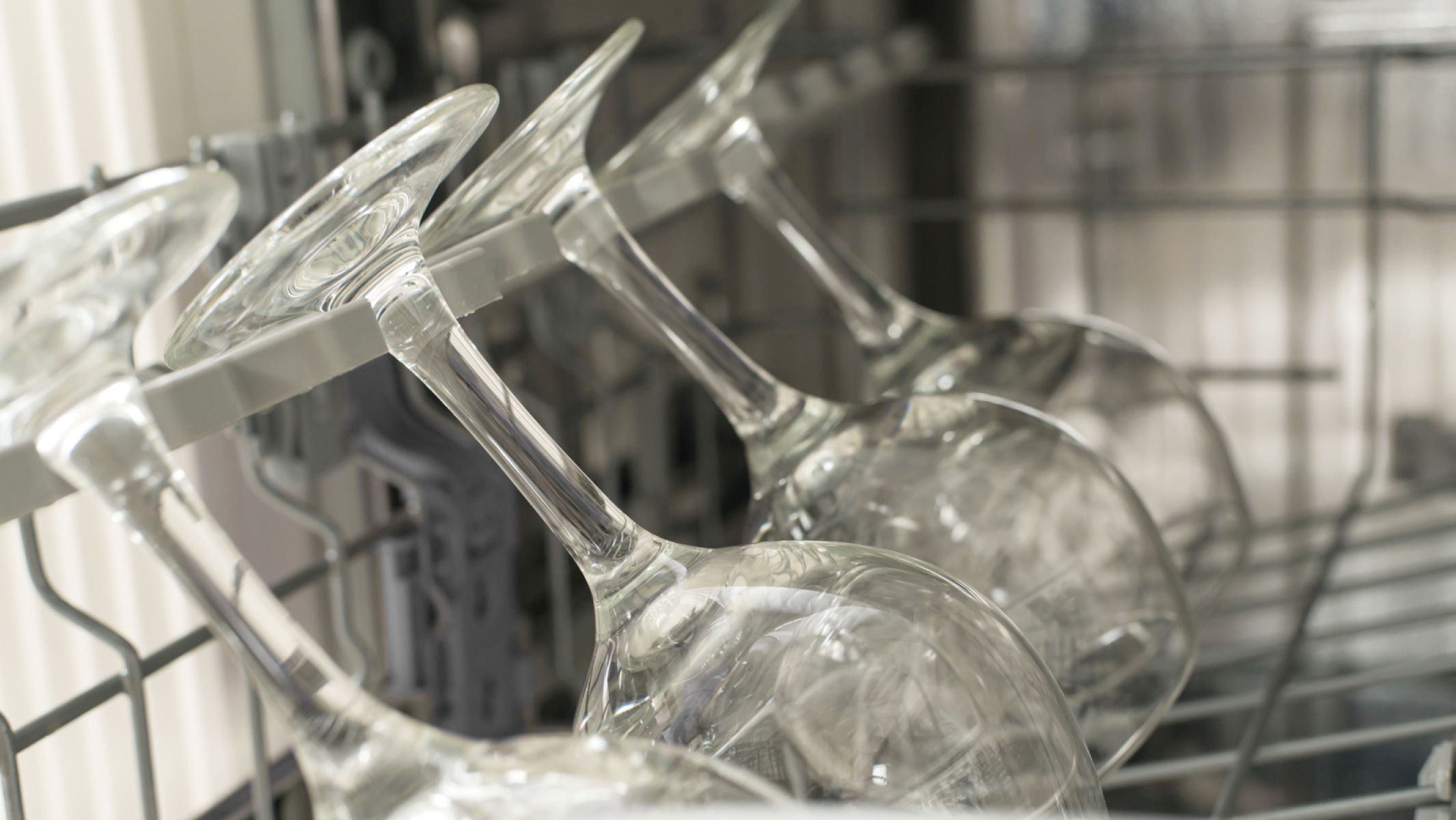
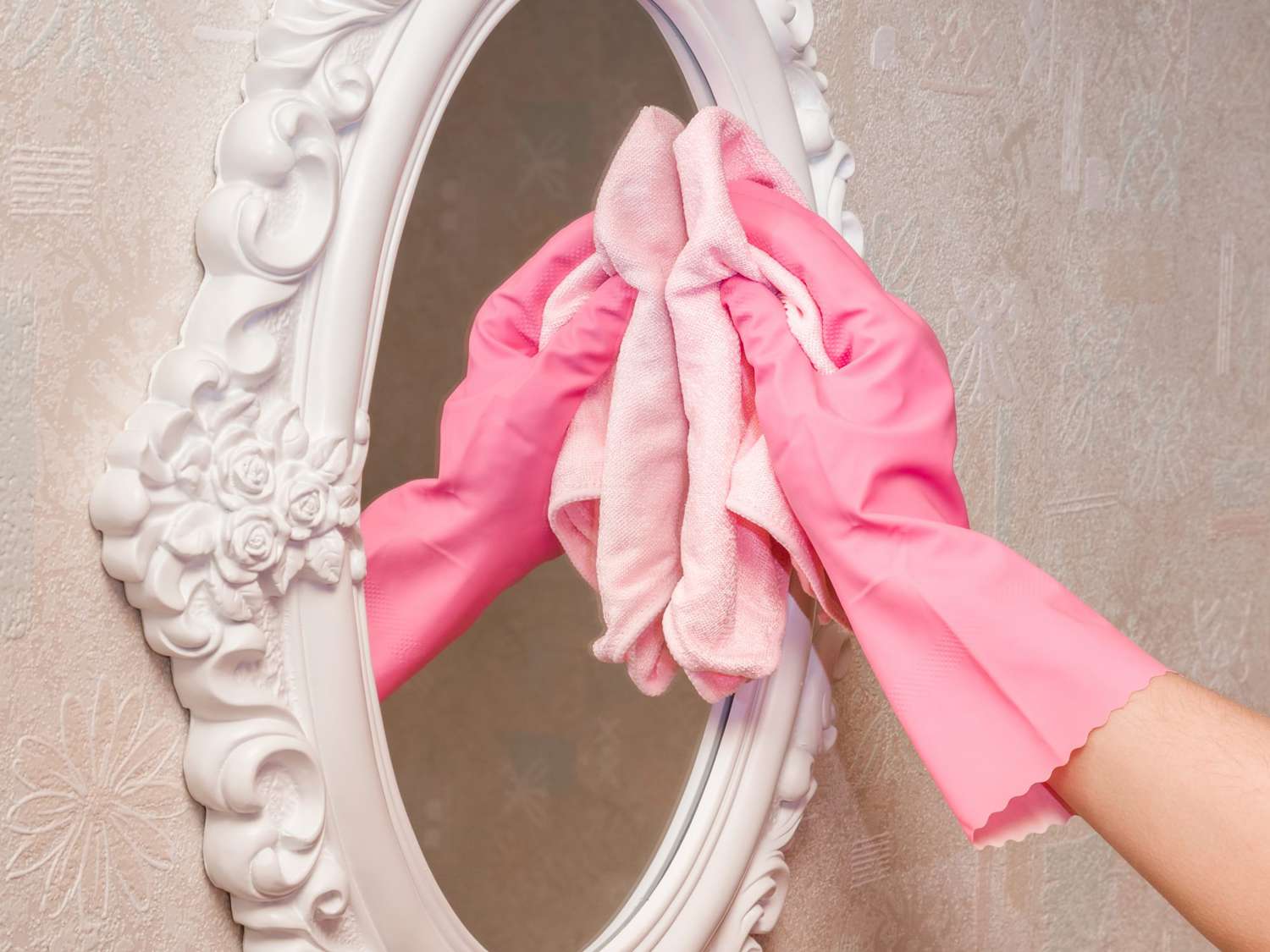
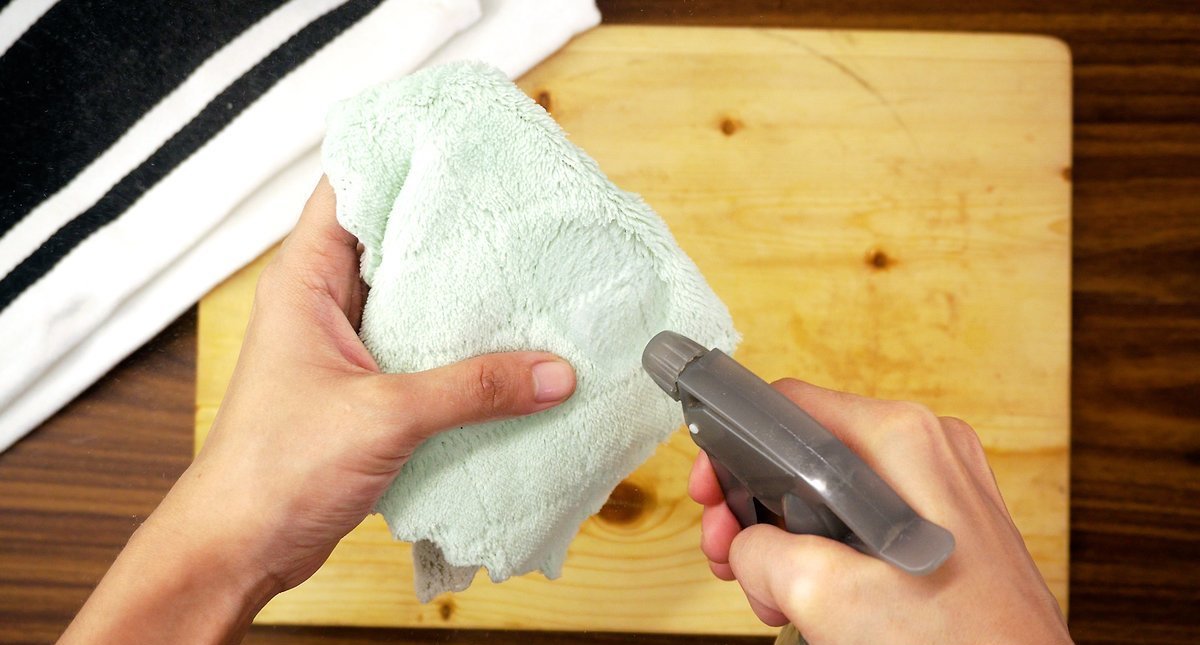
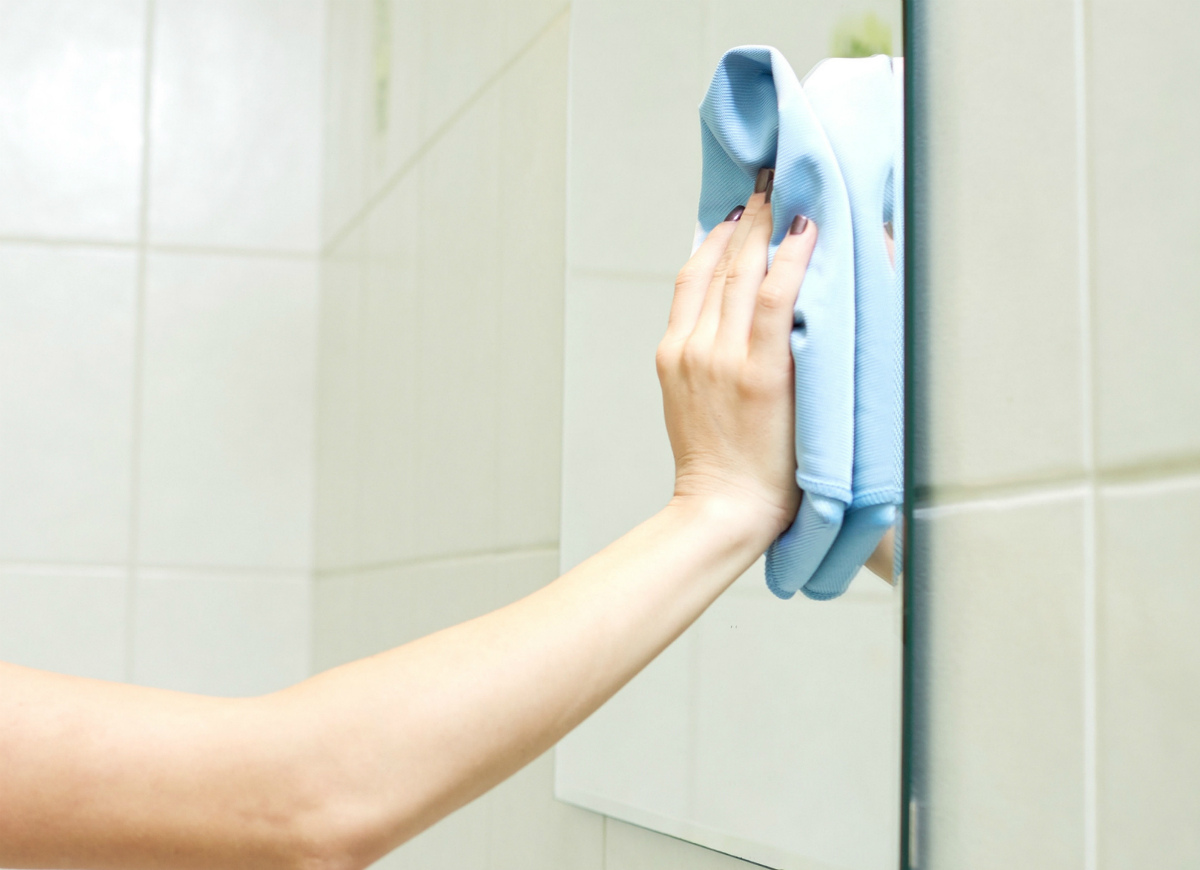

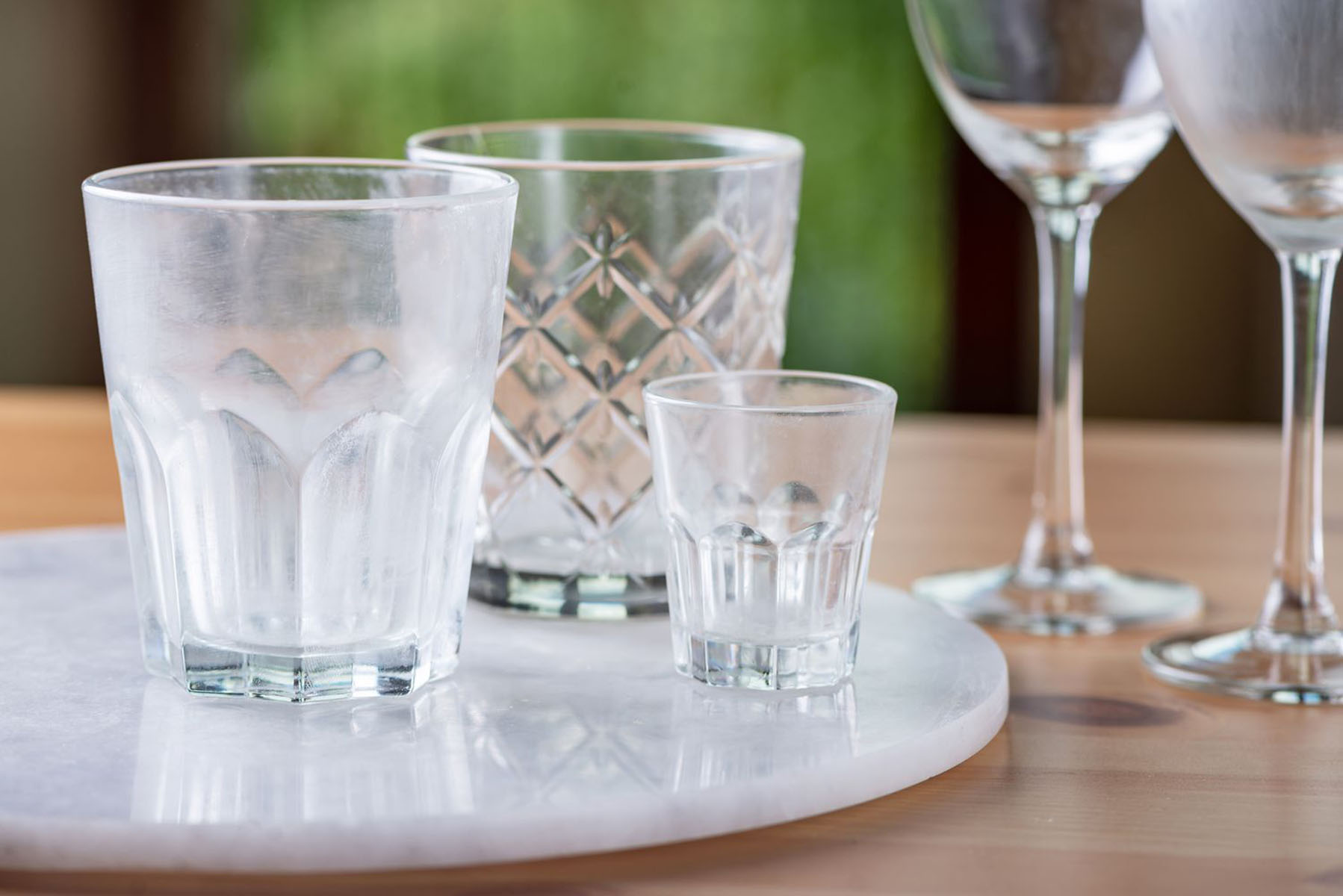
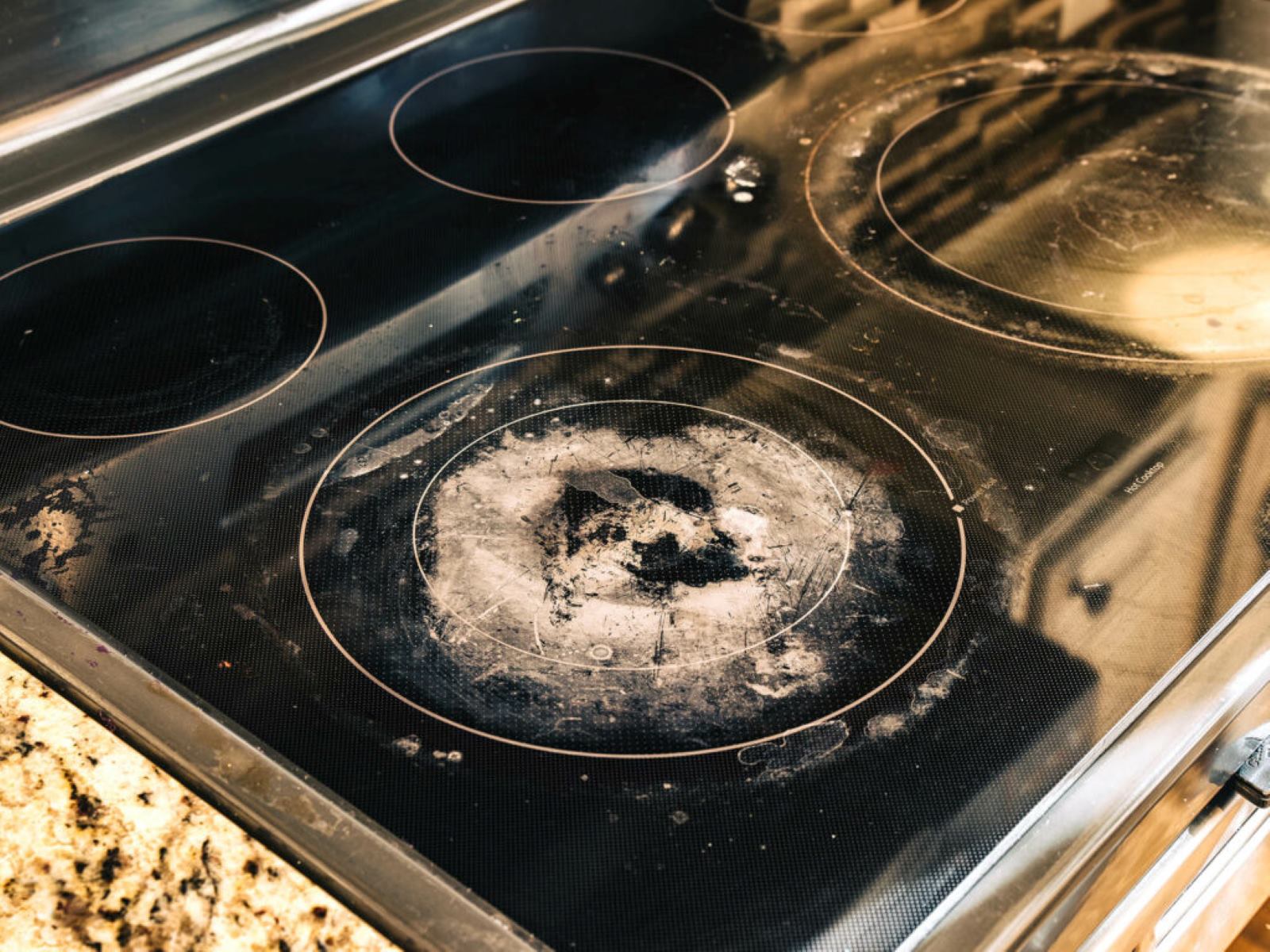

0 thoughts on “How To Clean Cloudy Mirrors”